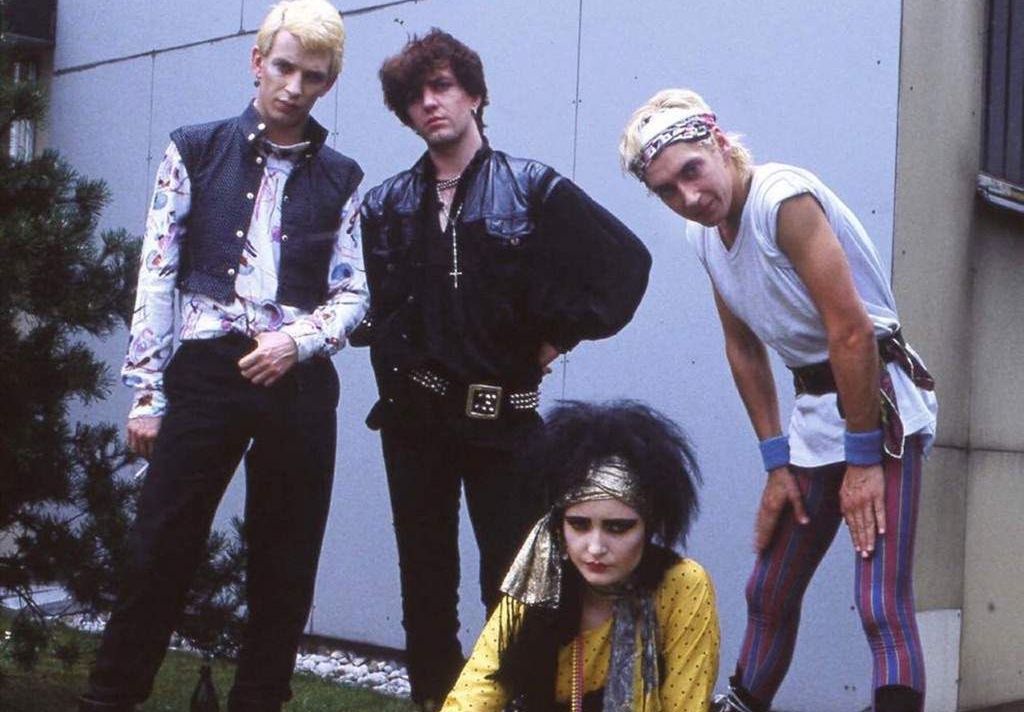Siouxsie and the Banshees

Siouxsie and the Banshees were among the longest-lived and most successful acts to emerge from the London punk community; over the course of a career that lasted two decades, they evolved from an abrasive, primitive art punk band into a stylish, sophisticated unit that even notched a left-field U.S. Top 40 hit.
Throughout its numerous lineup changes and textural shifts, the group remained under the leadership of core duo Siouxsie Sioux, born Susan Ballion on May 27, 1957 and Steven Severin, b...
Siouxsie and the Banshees were among the longest-lived and most successful acts to emerge from the London punk community; over the course of a career that lasted two decades, they evolved from an abrasive, primitive art punk band into a stylish, sophisticated unit that even notched a left-field U.S. Top 40 hit.
Throughout its numerous lineup changes and textural shifts, the group remained under the leadership of core duo Siouxsie Sioux, born Susan Ballion on May 27, 1957 and Steven Severin, born Steven Bailey 25 September 1955. The Banshees’ initial lineup emerged from the Bromley Contingent, a notorious group of rabid Sex Pistols fans. In addition to bassist Steven Severin and guitarist Marco Perroni, the first one-off lineup included drummer John Simon Ritchie, who assumed the name Sid Vicious; they debuted on the 20 September 1976 at the legendary Punk Festival held at London’s 100 Club, where their entire set consisted of a savage, 20-minute rendition of The Lords Prayer
Their grim, dissonant first LP, The Scream, followed in 1978. With ex-Magazine guitarist John McGeoch on board, the band returned to the studio for 1980’s Kaleidoscope, a subtler and more melodic effort than their prior records; on the strength of the U.K. Top 20 smash Happy House, the album reached the Top 5. A year later, the Banshees released the psychedelic juju, along with Once Upon a Time, a collection of singles; at the same time, Sioux and Budgie formed The Creatures, an ongoing side project. Following 1982’s experimental A Kiss in the Dreamhouse, McGeoch fell ill, and Smith temporarily rejoined for the group’s planned tour; a pair of 1983 performances at London’s Royal Albert Hall were recorded and later issued as Nocturne.
In 1991 – the year in which Sioux and Budgie married – the Banshees performed on the inaugural Lollapalooza tour; their concurrent LP, Superstition was their most commercially successful, spawning their lone U.S. Top 40 hit, Kiss Them for Me. Another singles collection, Twice Upon a Time, followed in 1992 before the group returned after a long absence with 1995’s stylish The Rapture, produced in part by John Cale.
A year later, the nostalgia surrounding the reunion of their former heroes the Sex Pistols prompted Siouxsie and the Banshees to finally call it quits.